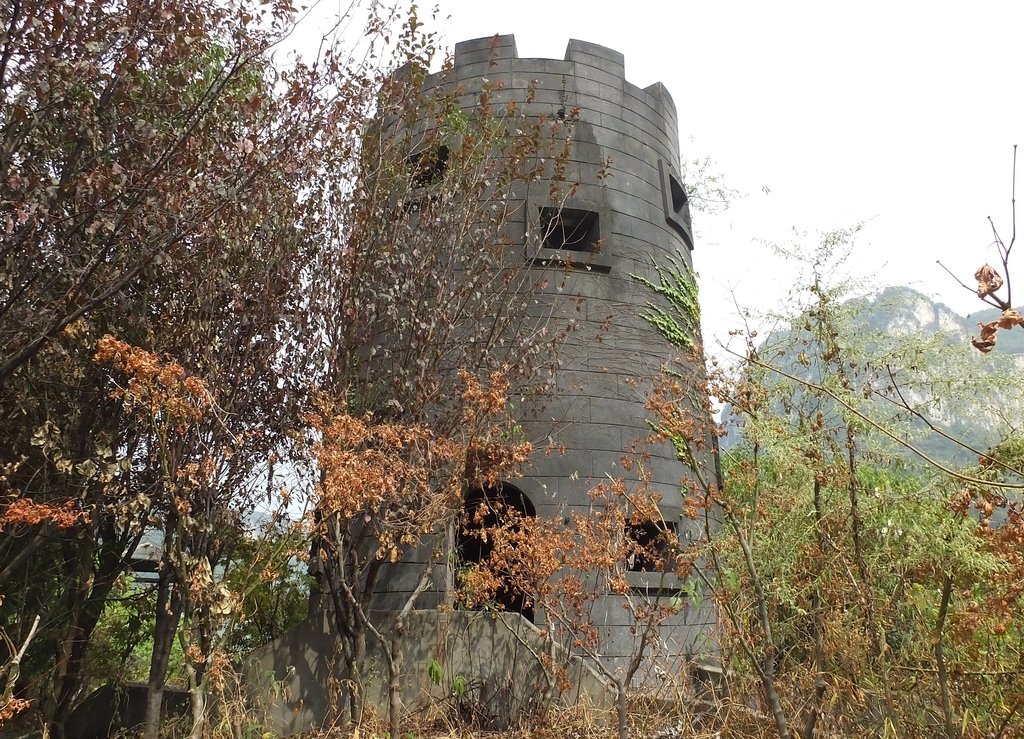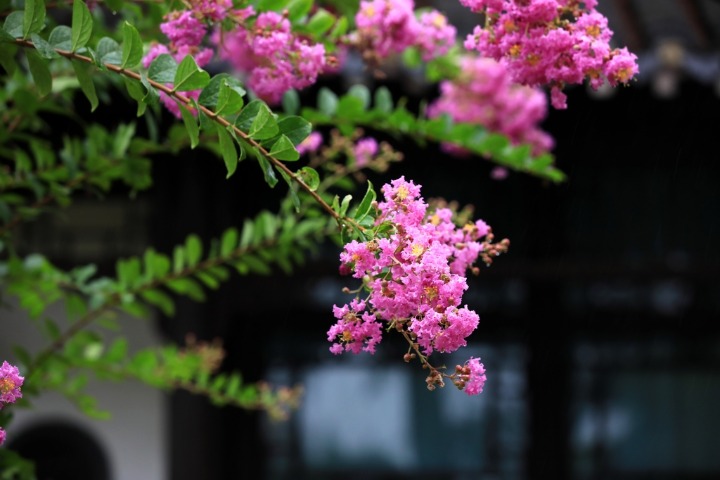郑丽华教授:虚实结合挂线法治疗肛瘘的临床手术技巧

Address: Sanxia Renjia scenic area, Yiling district, Yichang, Hubei province
Opening hours: 9 am to 5 pm
Admission: 180 yuan ($25.04)/person

The site takes its name "Shipai" (meaning "stone tablet") from a giant rock standing upright like a tablet at the mountain's peak. The Battle of Shipai was so fiece and devastating that it is often hailed as “China’s Stalingrad”. Decades later, in 2010, Chinese archaeologists excavated the remains of hundreds of fallen soldiers. Among them, they discovered scenes of brutal close combat -- Chinese and Japanese soldiers locked in deadly embraces, swords driven through each other’s chests, frozen in the final moments of hand-to-hand struggle.
Today, the site has been transformed into the Shipai Fortress scenic area, featuring the Shipai War Memorial Hall, the Shipai War Memorial Monument, and the Yangjiaxi Military Rafting experience.
After Nanjing fell to the Japanese forces in December 1937, the Chinese government moved its capital to Chongqing. With Wuhan’s fall in 1938, the Three Gorges on the Yangtze River became Chongqing’s natural defense. To protect the city, two defensive lines were established in western Hubei—one in Yichang, and the other at the strategic Shipai Fortress. When the Japanese occupied Yichang in June 1940, Shipai became the key to defending Chongqing.
In the winter of 1938, the Chinese Navy set up its first artillery base at Shipai, with 10 cannons, mine-laying and smoke units, and over 100 soldiers to block the Yangtze River. After Yichang fell in June 1940, hundreds of ship-mounted cannons were relocated to tunnels along the river, forming a network of four main and twelve sub-stations.
In March 1941, Japanese forces launched frontal and flank attacks on Shipai but were heavily defeated. Learning from their failure, they abandoned direct assaults and in May 1943, attempted a large-scale flanking move to capture Shipai from the rear.
On May 5, 1943, Japan’s 11th Army launched a major assault on Shipai, breaking through three Chinese defensive lines. The fiercest fighting took place at Gaojialing near Caojiafan, where a brutal three-hour hand-to-hand battle occurred. Unable to break through, the Japanese retreated across the Yangtze River on May 31. On June 2, Chinese forces counterattacked and achieved a great victory, killing over 7,000 Japanese troops—over 30 percent of their total casualties in the western Hubei campaign.




